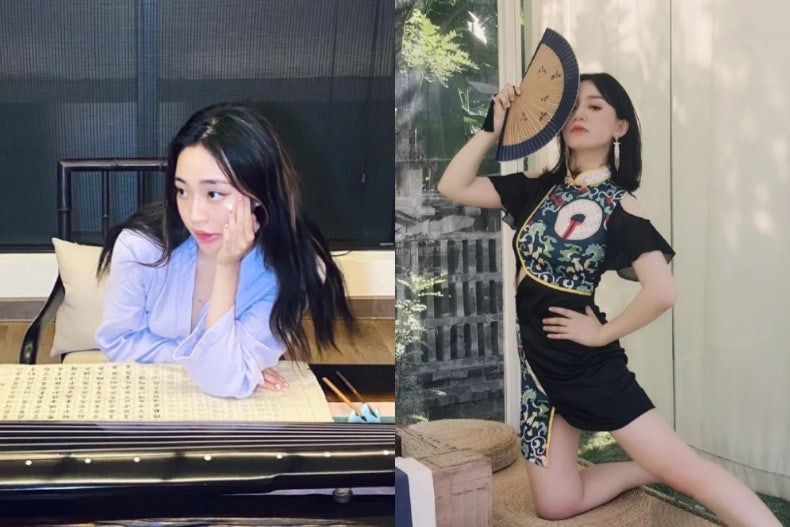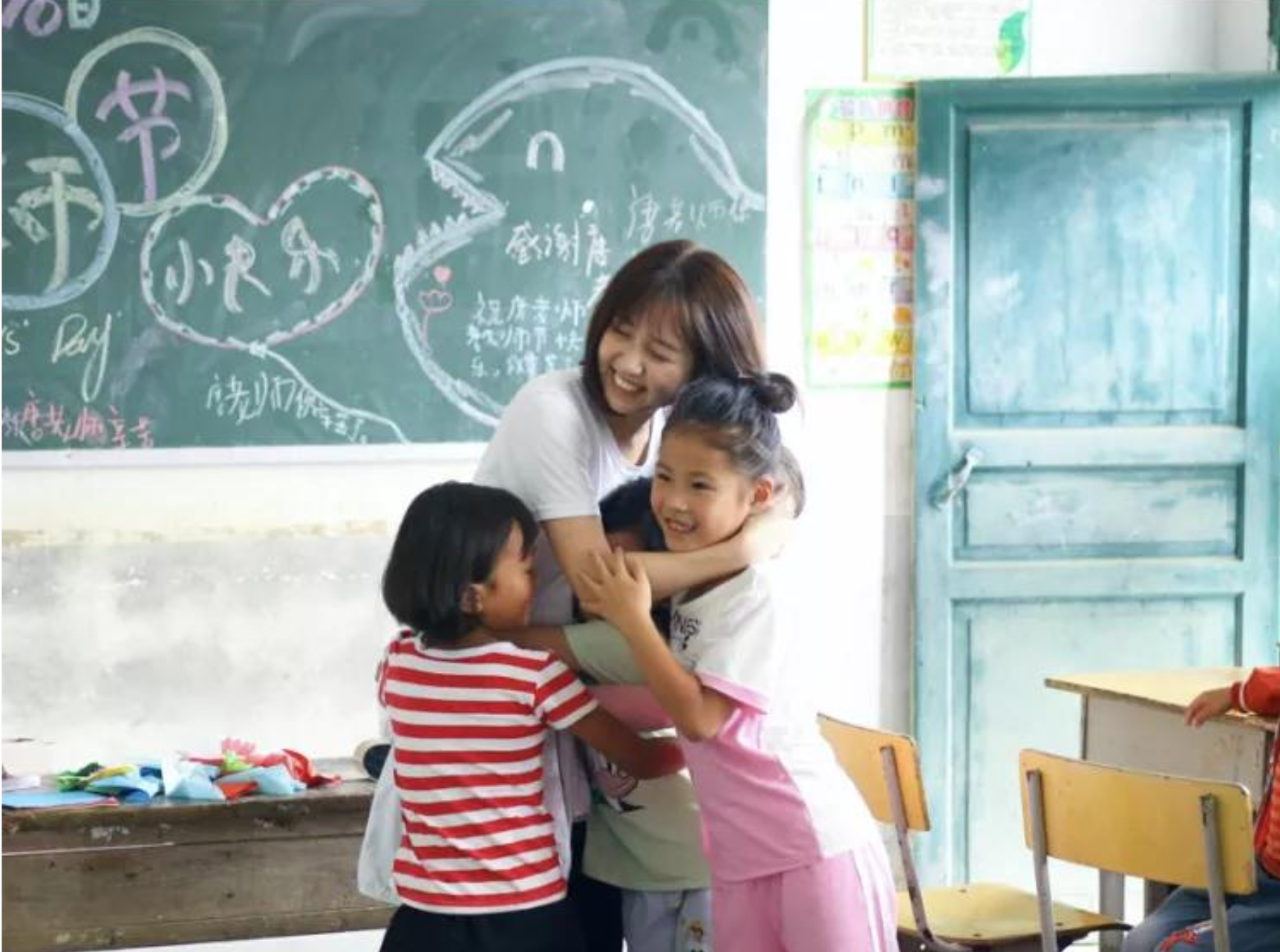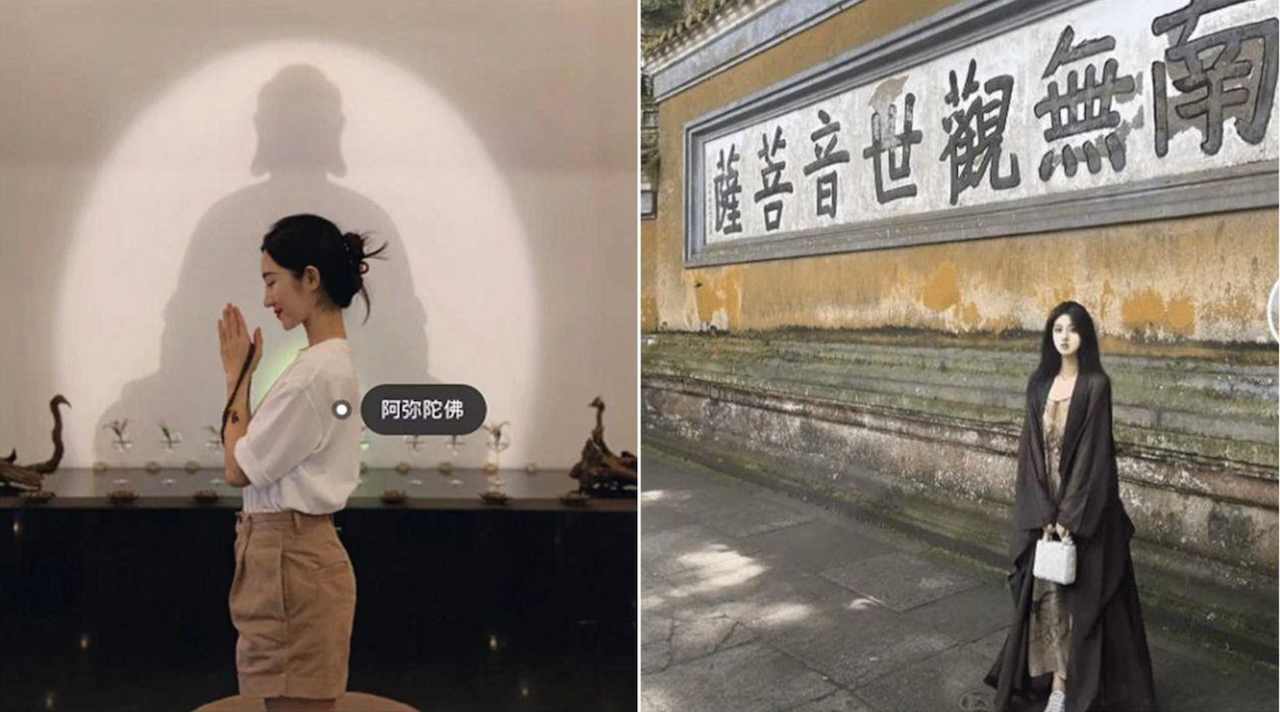Key Takeaways:#
- The crackdown on ostentatious displays of wealth by celebrities and influencers is gaining pace, forcing KOLs to adopt more intrepid methods to sell products to their audiences.
- From posing as altruistic volunteer teachers to posing with luxury handbags at Buddhist temples, "undercover influencers" are pushing the limits of what online censors will allow KOLs to post.
- While luxury brands are unlikely to get ensnared in the most recent controversies, it is important to pay attention and be prepared.
Beijing’s ongoing crackdown on pretty much everything -- spurred by President Xi Jinping’s highly publicized “common prosperity’ campaign -- has brought about a new challenge for influencers hoping to maintain their online traffic as well as authorities on the lookout for those posting anything that smells of “wealth-flaunting.” With authorities on extra-sensitive mode, many -- if not most -- celebrities and influencers are lying low and resisting the urge to post photos of lavish outfits or handbags, yet others have sought to skirt the scrutiny of censors by shoehorning their high-end items into seemingly unassuming content.
As noted in our recent report Chinese Cultural Consumers: The Future of Luxury, China’s influencer landscape is changing, with the formerly dominant Hollywood stars or established Chinese actors holding less sway over young consumers than livestreams by KOLs (key opinion leaders), KOCs (key opinion consumers), or even brand owners and employees. This means there are now dozens, if not hundreds, of “types” of influencers, all fighting for the attention of consumers and keeping online censors on their toes.
Below are just three recent examples of “innovative” influencers in China, whose crafty content strategies are testing the limits of the wealth-flaunting crackdown:
The “Buddhist Socialite” (佛媛)#

Almost exclusively made up of young women, the appearance of the “Buddhist Socialite” influencer in recent months was marked by content that often showcased activities at Buddhist temples -- praying, eating vegetarian meals, or transcribing religious texts. All common practices, none of which are the target of China’s content crackdown. However, where the “Buddhist Socialite” attracts the ire of censors is in her often prominently featured luxury apparel and accessories and elaborate makeup -- which they typically offer for sale via e-commerce livestreaming or other online channels.
The “Patient KOL” (病媛)#

This highly niche group claims to be hospitalized for medical treatment yet manages to find the time to share recommendations for beauty and wellness products. Often, “Patient KOLs” tell their audience they have just undergone a procedure such as major surgery that left scars on their skin that they successfully treated with various products (which they’re happy to recommend or sell via e-commerce livestreaming, of course). One distinguishing factor about this type of influencer is that it is difficult, if not impossible, to ascertain whether he or she had a genuine illness or medical procedure.
In one case, a female Weibo user responded with lawsuit against media reports that named and shamed her as a “Patient KOL”, claiming that she had a thyroid procedure and did not promote any healthcare product for profit. Nevertheless, the fact that short video platform Kuaishou has reportedly removed more than 100 videos from “Patient KOLs” speaks to their prevalence.
The “Volunteer Teacher KOL” (支教媛)#

The latest “secret influencer” controversy surrounds the founder of a charity organization that organizes volunteer teachers to assist young students in remote, mountainous areas. Catapulted to internet fame by post in September that praised her as the “prettiest volunteer teacher in China,” who had helped over 2,000 students over ten years in 24 different schools, skepticism soon emerged. How, some asked, could the young lady volunteer for an entire decade, given she claimed to hold degrees from overseas institutions, and how was she able to maintain such an impeccable appearance on-camera without a professional photography team?
Soon, it was revealed that the individual only volunteered for short periods during her summer breaks, and that her organization charged around RMB 5,000 ($775) for “volunteer trips” that consisted of only seven classes in two days but offered volunteer certificates and multiple souvenirs. Some viewers were quick to say that the trip’s expensive accommodation and the flashy apparel and accessories shown off by those taking part in the volunteer trips did more harm than good to the children they are supposed to help.
These new types of “undercover influencers” have emerged in response to the government’s crackdowns on ostentatious displays of wealth. The most recent of these campaigns -- which do appear with some frequency -- launched in May, when the Cyberspace Administration of China (CAC) issued a series of policies designed to curb overt displays of extravagant lifestyles through measures such as blacklisting and content filtering, which have been taken up by social platforms such as Douyin and Xiaohongshu.
By selecting themes that appear, at first glance, to be altruistic and far removed from the usual fashion-influencer content, this new spate of KOLs hoped to stay under the radar. However, Chinese state-run media quickly caught on and condemned their behavior. One state media op-ed accused ”Buddhist Socialite” influencers of stoking materialism while compromising the integrity of temples, while also noting that commercial advertising using religion is illegal in China. Likewise, “Patient KOLs” have been criticized for “corrupting the sacredness of hospitals and the healthcare profession” and potentially engaging in fraudulent advertising. Another Xinhua Daily op-ed criticized the phenomenon of “volunteer teaching for show” and called for moral condemnation and legal action against exploiting volunteering opportunities to generate traffic and profit. For their parts, short video platform Douyin and lifestyle platform Xiaoghongshu have penalized dozens of accounts and removed their objectionable content.
With Xi’s common prosperity becoming a central concept in recent government action, any public displays of wealth, whether obvious or subtle, are likely to come under greater scrutiny in the run-up to next year’s National Congress. But it’s not just government censors on the lookout for this type of content. Major social platforms are also stepping up their scrutiny of sneaky KOLs, having pledged to promote core socialist values. Although the KOLs who most recently came under fire were not directly sponsored by brands, their experiences offer a cautionary tale for luxury brands engaged in influencer marketing in China: simply switching to influencers previously not associated with excessive wealth might come along with its own problems if the crackdown continues to spread and intensify.
